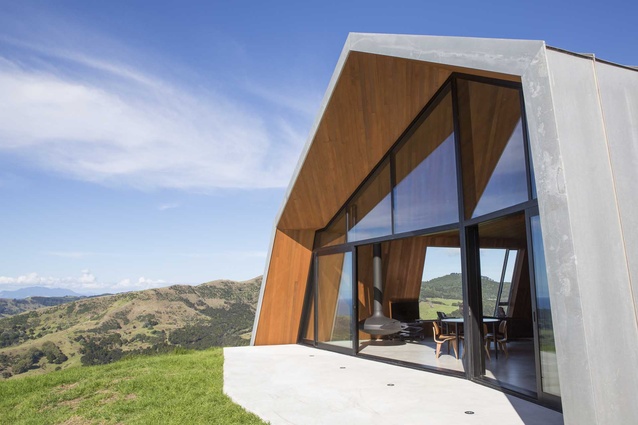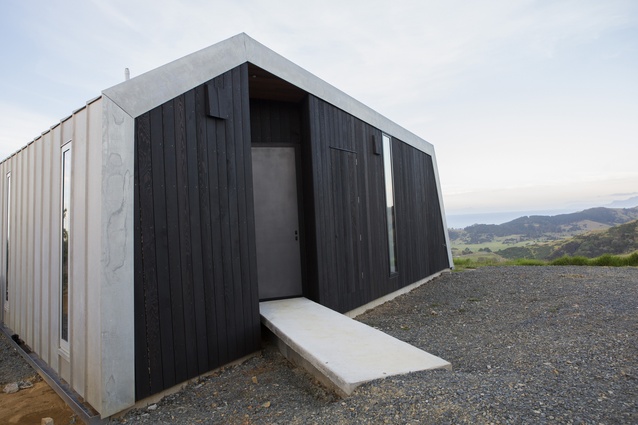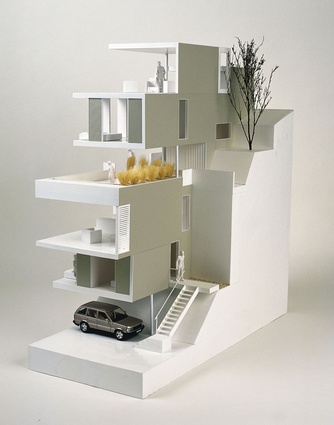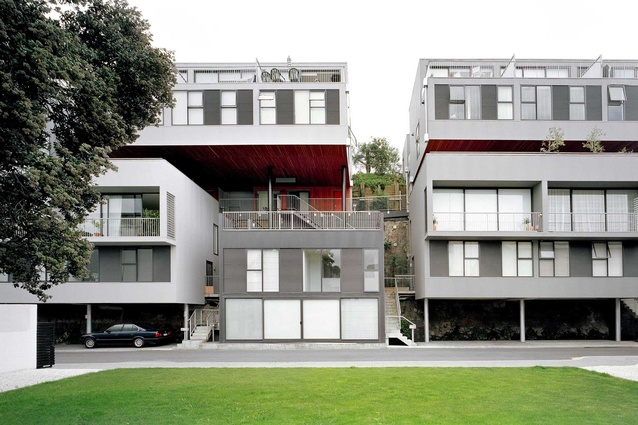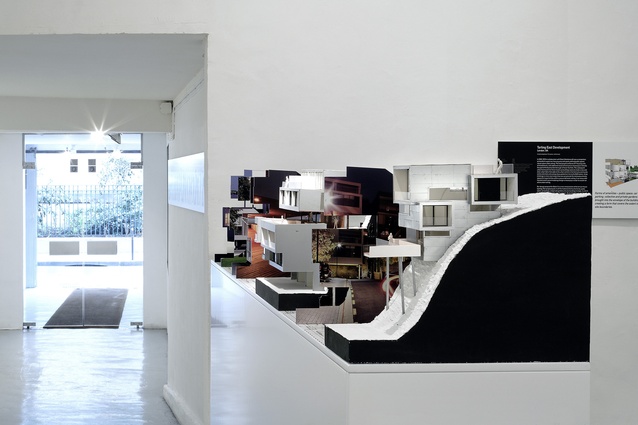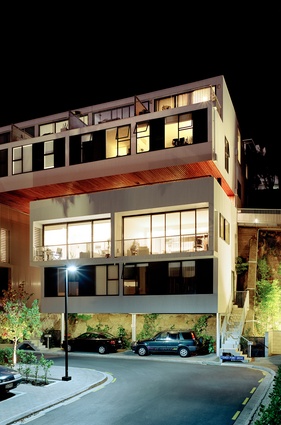Grand statements
The frontman of Grand Designs New Zealand, Chris Moller, chats with Urbis about the new show, architecture and Kevin McCloud.
Urbis: How was the process of filming Grand Designs?
Chris Moller: It’s been a big learning curve, but everyone has been so incredibly wonderful and supportive dealing with my total lack of experience. I’ve learnt to laugh at myself in new ways and I guess everyone who watches will have a laugh too! It’s also been a roller coaster of discovery, I feel like I’ve come across a parallel universe – diving into the world of television, getting to know so many different people from all walks of life across the country, people realising their dream homes, builders, architects, and sub contractors, and then of course there are the incredible film crews, the soundies, camera guys and gals, directors, editors, producers, and all their support staff. I feel immensely fortunate to have experienced all of this.
Urbis: Any highlights?
CM: Helping put on a slate roof without too many breakages, being taught to operate a digger by a kid, dancing barefoot with Rosa, mud squelching between my toes to make cob and then throw it around – it’s hard to believe this is a serious construction technique – more builders should try it, it really is huge fun.
Urbis: Did you come to any conclusions about the state of local residential architecture?
CM: Lifestyles are becoming more diverse. Many people are exploring materials or techniques, both old and new. Also, the huge challenges of dealing with earthquake issues, moisture control and thermal comfort to create safer, healthier buildings is affecting the construction industry across the country. In parallel, the critical need to build more ecologically and sustainably, using renewable materials and energies, is an important part of many of the builds.
Urbis: Many viewers are bound to compare your style with that of the UK Grand Designs presenter Kevin McCloud. What would you say makes you different?
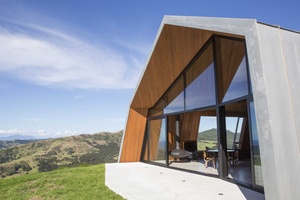
CM: I think it’s too early to tell. Kevin has a wonderfully unique, very polished and provocative style. When I met him, I was surprised by how much we share. Both our dads were engineers and car enthusiasts; we both have a deep belief in building carefully, sensitively, and ecologically. We are both passionate about urban villages as one of the best ways to reduce our footprint on the planet… this came out in our separate contributions to the publication Once in a Lifetime, which documents the Christchurch rebuild.
Urbis: Tell us about your own home: is it a grand design, work in progress, or an architectural experiment?
CM: It’s not a grand design, it’s more of a humble mountain hut tucked up in the native bush overlooking the [Wellington] harbour. The cottage was built in 1940 and added to in the early 70s. It is also a work in progress, we have just built a little click-raft studio, and in time there will be more.
Urbis: You’re an advocate of prefab housing in New Zealand. Why?
CM: I lived and worked in the Netherlands for 15 years. Most construction there is prefabricated in some form, so most of the projects I have realised use prefabrication. Imagine if you built your car out in the weather on the front yard. It would be slow, very expensive, and probably rusty by the time you finished it. You can’t beat the covered, controlled environment of a factory for quality control, reduced waste (material, time, etc) and a better result. It just makes so much sense.
Urbis: What do you think are the biggest local hurdles for this building technique?
CM: We need a big shift in procurement. There is a lack of government leadership and commitment to address the huge social and affordable housing needs. The benefit – if this was addressed – would be to create the kind of systemic shift that has happened in countries like Sweden. Around 80 percent of their construction is closed in, on-site, in a day using prefabrication. It’s not high tech, it’s just a better way of putting things together.
Urbis: As a well-travelled urbanist, what do you see as the best direction for city-building in New Zealand?
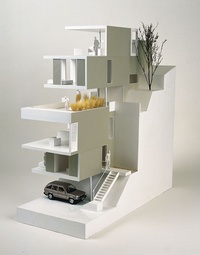
CM: More compact urban villages are definitely the way to go. Living like this, we would become more healthy, just walking or cycling to most things, and we would gain more time – especially parents who have become taxi drivers for their kids. Good access to schools, shops and services would be improved since they can be integrated into these developments. I have done a whole series of these kinds of projects in Europe, and Beaumont Quarter in Auckland is a good example.
I recently developed the Urban Development Strategy for Thames in Coromandel, which focuses on creating opportunities for new forms of living, working and learning in a walk/cycle friendly urban core integrated with their huge collection of wonderful heritage buildings from the late 1800s. Council has adopted this approach, which is terribly exciting as it is now their long-term vision to achieve a robust, sustainable urban framework for the future.
Urbis: What would be your ideal commission in NZ?
CM: What a question! I have designed a number of projects including a museum, an aquarium, and an exhibition, research and development facility. I’d love to take a transformational innovation project and see it through to realisation. It would also be great to work on a major urban housing project to showcase the value of modern European design and prefabrication. My first completed project in Europe was Schots 1&2 in the Netherlands – showing what is possible when you combine good urban housing with gardens, courtyards, retail and services.
Urbis: What excites you about the state of local residential architecture?
CM: There has been an explosion of well-crafted, high-quality houses. A growing number of people care deeply about beautiful design, quality materials and good craftsmanship. Also exciting is a growing sense of experimentation reflected in the range of different designs materials or techniques on the show. I hope we can bring these things to a much broader audience and fire passion for great design, and the desire to build.


